Every year FEMC undertakes a slate of regional and state-level projects to support forest health and forest management across the northeastern U.S. These projects involve data analysis, data synthesis, digitization, tool development, field work, and often aggregate disparate information across the region. Previously completed projects can be explored at our "Tools and Projects" page.
FEMC's current work projects include:
Regional
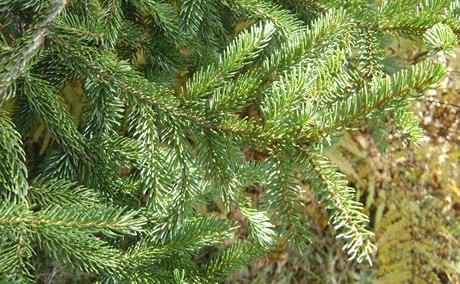
Northeastern forest spruce-fir data inventory and gap analysis
Spruce-fir forests in the Northeast face a number of stressors including but not limited to warming temperatures and impacts from spruce budworm outbreaks. At the 2024 FEMC Joint Committee Meeting, health trends of spruce-fir forests, including the responses of these forests to spruce budworm outbreaks, was a top concern among FEMC collaborators. Collaborators also identified the existence of several underutilized datasets on spruce-fir forest health in the region.
Visit project page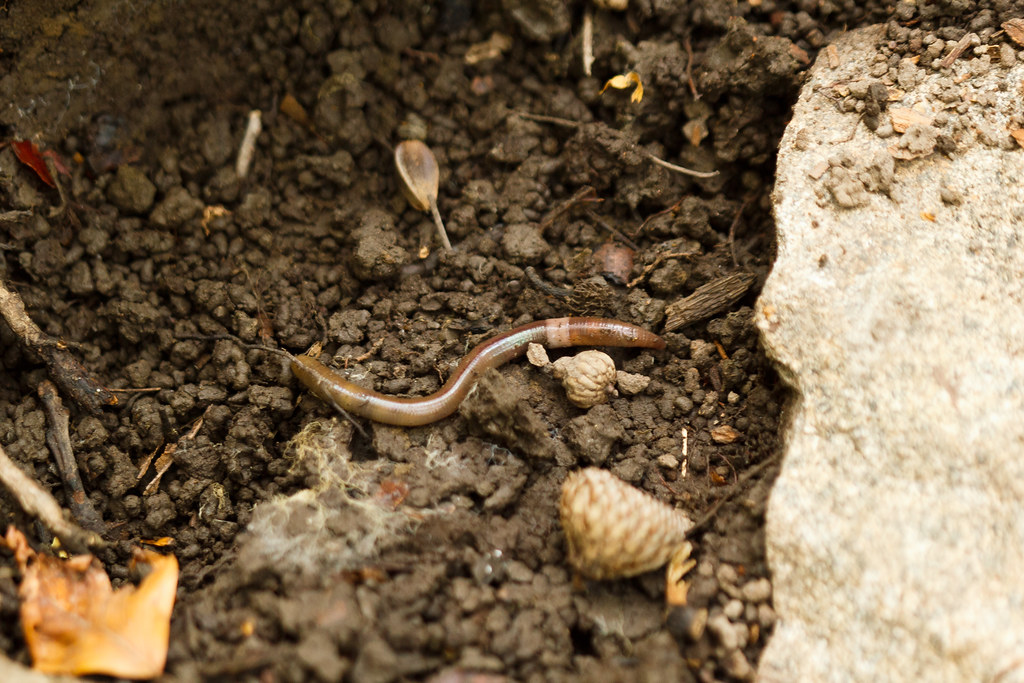
Assessing jumping worm distribution in northeastern forests
Jumping worms are an invasive earthworm that alter soil structure by rapidly consuming organic material. They can increase rates of erosion and generate forest understory conditions that are more susceptible to invasive plant establishment. They are an increasing concern in the Northeast in both agricultural and forest settings. However, the distribution of jumping worms across forests in the region is not yet known. FEMC is working with UVM Professor Josef Gorres to deploy a presence/absence detection method across the FEMC Forest Health Monitoring sites during summer 2025.
Visit project page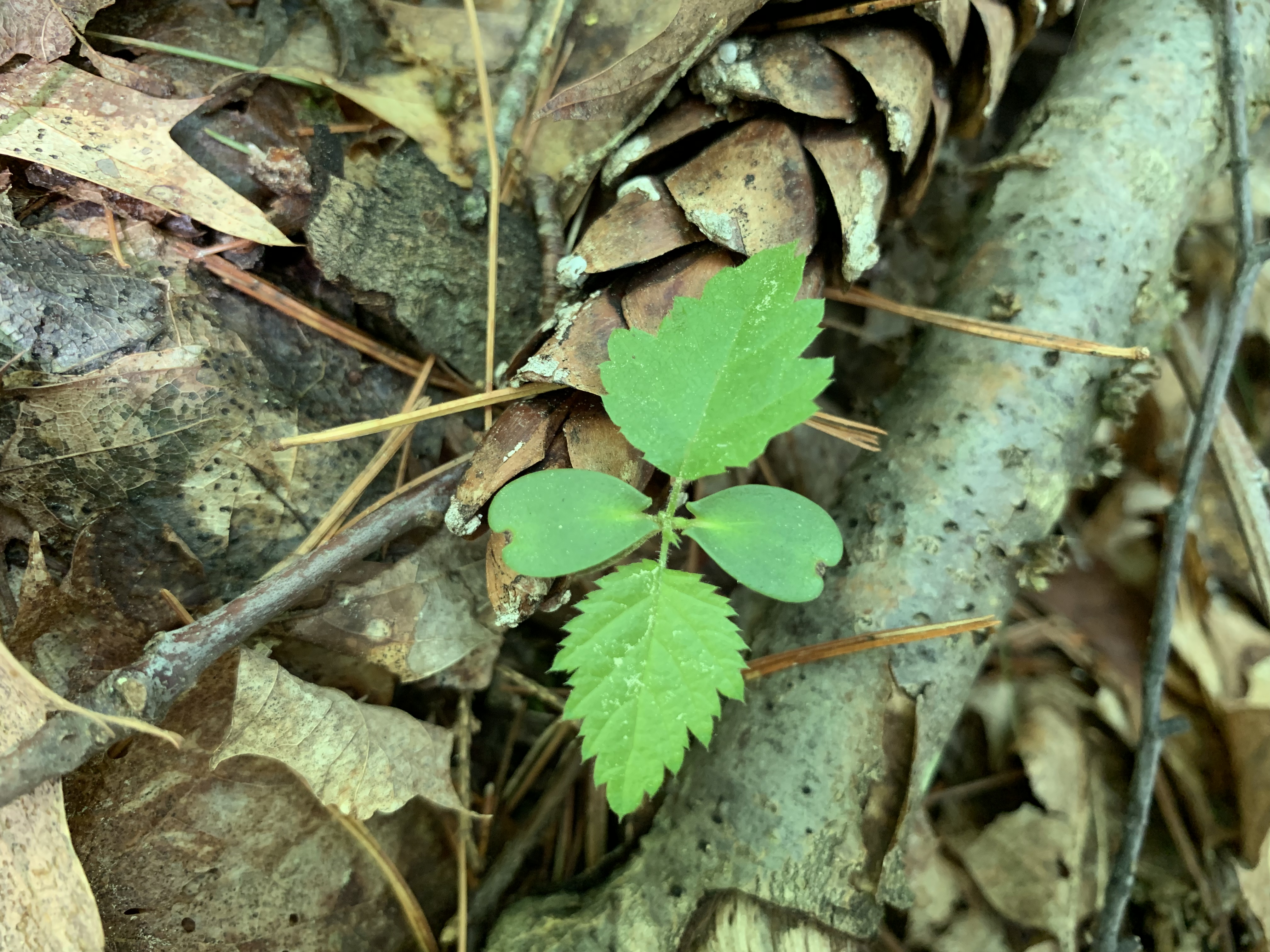
Forest regeneration data collection guide and data inventory
Forest regeneration represents a persistent concern among land managers, forest health professionals and researchers, the timber industry, and others. As climate change shifts suitable ranges for key northeastern tree species, overpopulation of deer increases browse pressure on seedlings, invasive plants limit understory establishment, and invasive pests and pathogens stress existing young trees, regeneration in many of the region’s forests is in decline. FEMC is supporting efforts to address this critical concern in a two-part project.
Visit project page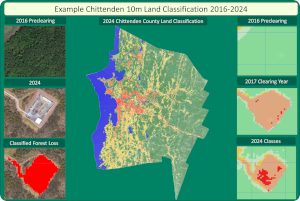
Regional assessment of annual forest clearing trends
Timber clearing is a component of forest management and conversion of forestland to other uses (e.g., agriculture, development, energy infrastructure, etc.). In 2019 FEMC performed an analysis of the rate, extent, and timing of timber clearing in the state of New Hampshire. Such analyses are integral to understanding patterns of silviculture and forest conversion, and can provide additional information about the provision of ecosystem services in forests, wildlife movement, and more. In 2024 and 2025, FEMC is updating and expanding this analysis to the entire region for multiple annual timesteps using satellite data available through Google Earth Engine.
Visit project pageState
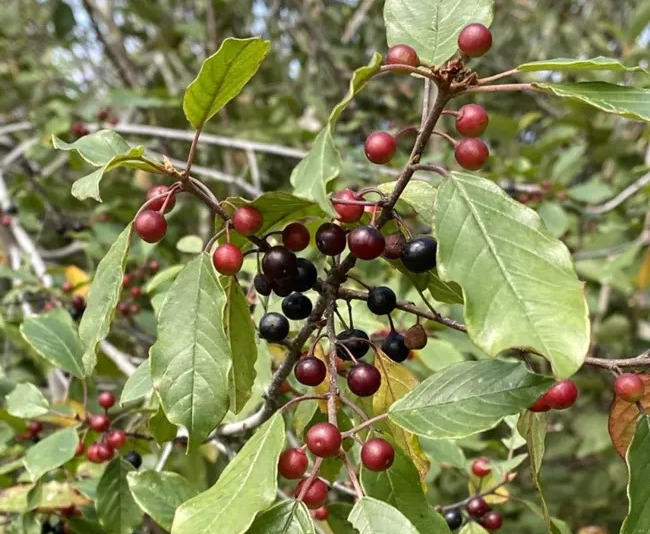
Invasive plant treatment outcomes analysis (MA)
FEMC staff are working with Massachusetts Department of Conservation & Recreation to complete an assessment of the effectiveness of treatments to control invasive plant species at two sites.

Estimating carbon storage, sequestration, harvest removals, and transport emissions in Nash Stream State Forest (NH)
In collaboration with with New Hampshire Department of Cultural and Natural Resources, FEMC is replicating an earlier analysis of carbon stocks and flows completed for Pisgah State Park in 2022 ( https://www.uvm.edu/femc/CI4/data/archive/project/pisgah-carbon-storage-sequestration-emissions-removals-estimates), this time for Nash Stream State Park. The analysis will estimate carbon storage, sequestration, removals due to harvest, and transport-related emissions for the park.

Mountain Birdwatch data portal upgrades (VT)
FEMC provides funding for the Vermont Mountain Birdwatch program (link: https://www.uvm.edu/femc/mbw) run by the Vermont Center for Ecostudies. This year FEMC staff will be implementing updates to the Mountain Birdwatch data portal to improve ease of data uploads.
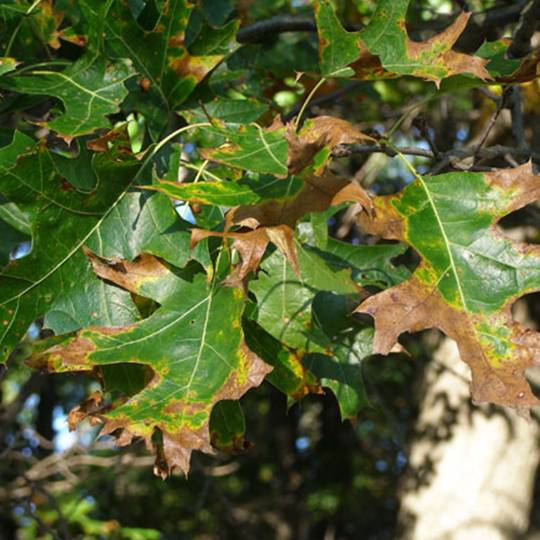
Developing an oak wilt risk map (CT)
FEMC is collaborating with the U.S. Forest Service and the Connecticut Agricultural Experiment Station to develop a preliminary map of oak wilt risk in Connecticut forests. The resulting map will help foresters in Connecticut target priority areas for oak wilt monitoring.

Compiling existing forest inventory data sources (CT)
There are several ongoing continuous forest inventories (CFIs) run by different land managers and organizations across Connecticut. FEMC staff are working with Connecticut Agricultural Experiment Station to begin compiling existing CFI data from across Connecticut to support state-wide analyses that leverage these disparate data sources.

Digitizing historic forest conditions and pest data (NY)
FEMC is assisting New York’s Department of Environmental Conservation with digitization of historic forest pest records in New York to aid forest managers’ understanding of long-term pest trends and cycles. Digitized data can also support analyses of relationships between past pests and current stand conditions.
